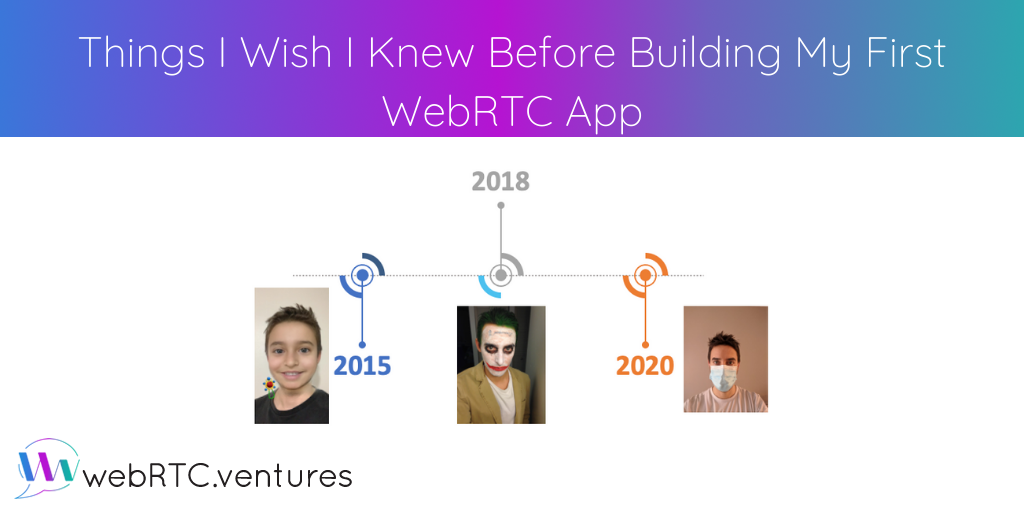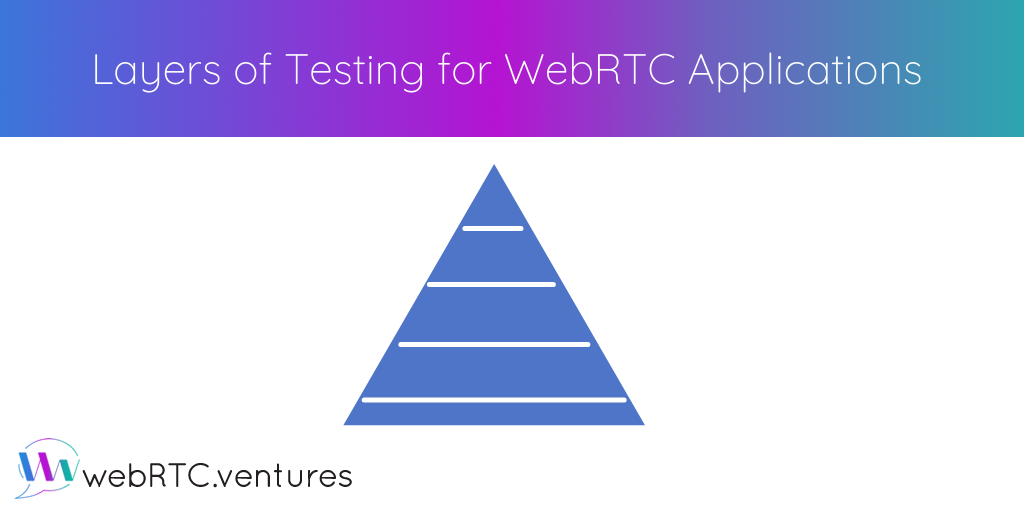
Maintaining quality and performance as complexity increases and requirements change is very difficult to do in any application, particularly in WebRTC applications. Testing is a must, and automated testing can make it much easier. Episode 52 of WebRTC Live covers the basics and types of automated testing, continuous integration and deployment, verifying tests, testing call quality, and more. Watch it here!

For our 50th episode of WebRTC Live, Arin Sime’s guest was WebRTC thought leader, Tsahi Levent-Levi to discuss trends in WebRTC development in 2021. Topics included WebRTC 1.0, AV1, project maturity, scaling, testing, privacy, background replacement. remote work and social interactivity, end-to-end encryption, and much more. Watch it here!

WebRTC.ventures Senior Engineer Alberto Trastoy Gonzalez learned the hard way that WebRTC based applications are different from other web applications. WebRTC carries a unique set of challenges around interoperability, scaling, networking, security, testing, and debugging.

A WebRTC app needs to work on a variety of platforms, in different hardware and network configurations, and at various levels of user load. Testing is not as simple as buying a single tool or adopting a single methodology. It requires layering a variety of techniques, as well as expertise that most teams don’t have.






